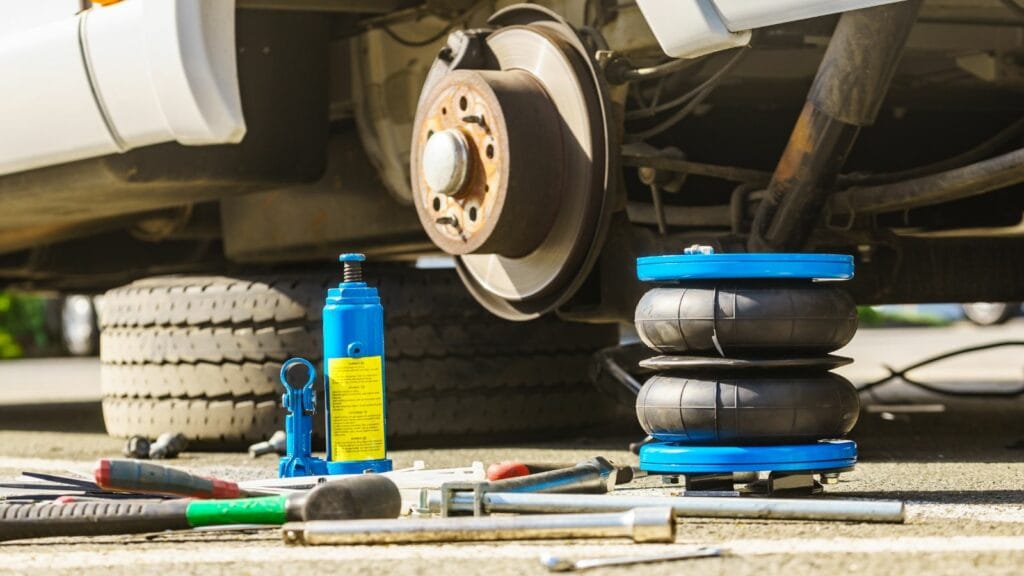Wrenching on your own car is one of the most satisfying things an enthusiast can do. But let’s be real—not every job belongs in your garage or driveway. Some repairs require expensive tools, years of training, or nerves of steel. Others are so simple you’ll wonder why you ever paid a shop. Here’s a guide to ten car parts you should never replace yourself and ten you absolutely can.
Transmission
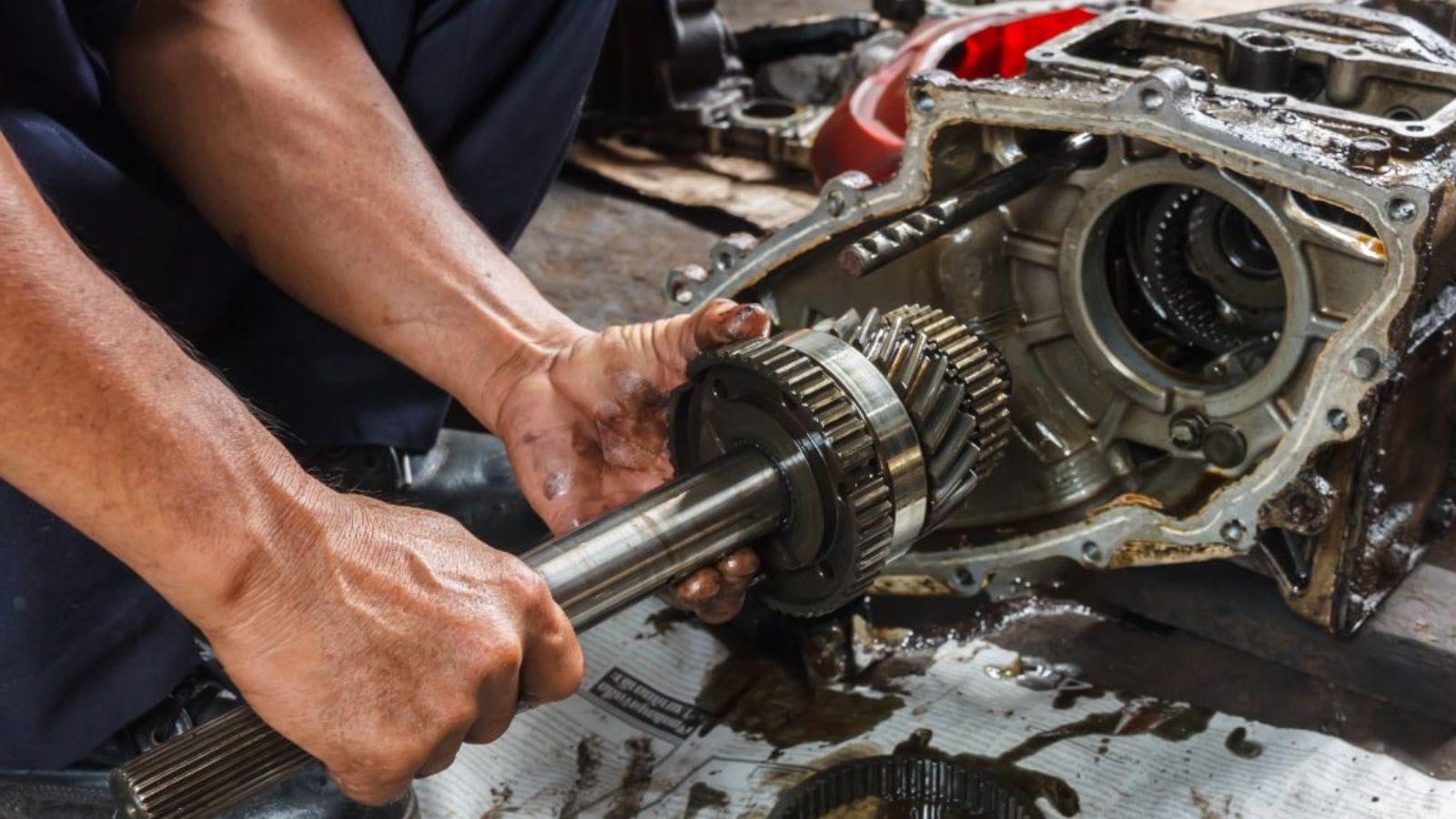
Automatic transmissions are marvels of engineering, but they’re also nightmares to work on without specialized knowledge. With hundreds of components, tight tolerances, and the need for heavy lifting equipment, rebuilding or replacing one at home is almost guaranteed to end in frustration. This is a job for a pro with a lift and patience.
Airbags

Messing with airbags is dangerous. These safety devices are essentially small explosives waiting to deploy. One wrong move with wiring or installation, and you’re looking at a face full of high-velocity nylon. If your airbags ever need replacing, leave it to the professionals who know how to handle them safely.
Timing Belt on Interference Engines

Yes, plenty of DIY mechanics replace timing belts, but if your engine is of the interference variety, one slip of the wrench can bend valves and ruin pistons. The margin for error is razor-thin. Unless you have experience, the right tools, and nerves of steel, this is one to leave to a shop.
Hybrid or EV Battery Packs

High-voltage battery packs in hybrids and EVs can be lethal if mishandled. We’re talking hundreds of volts—enough to stop your heart. Beyond safety, the logistics of removing and reinstalling these massive packs are daunting. This is one repair where the risk outweighs any savings.
Windshield Replacement
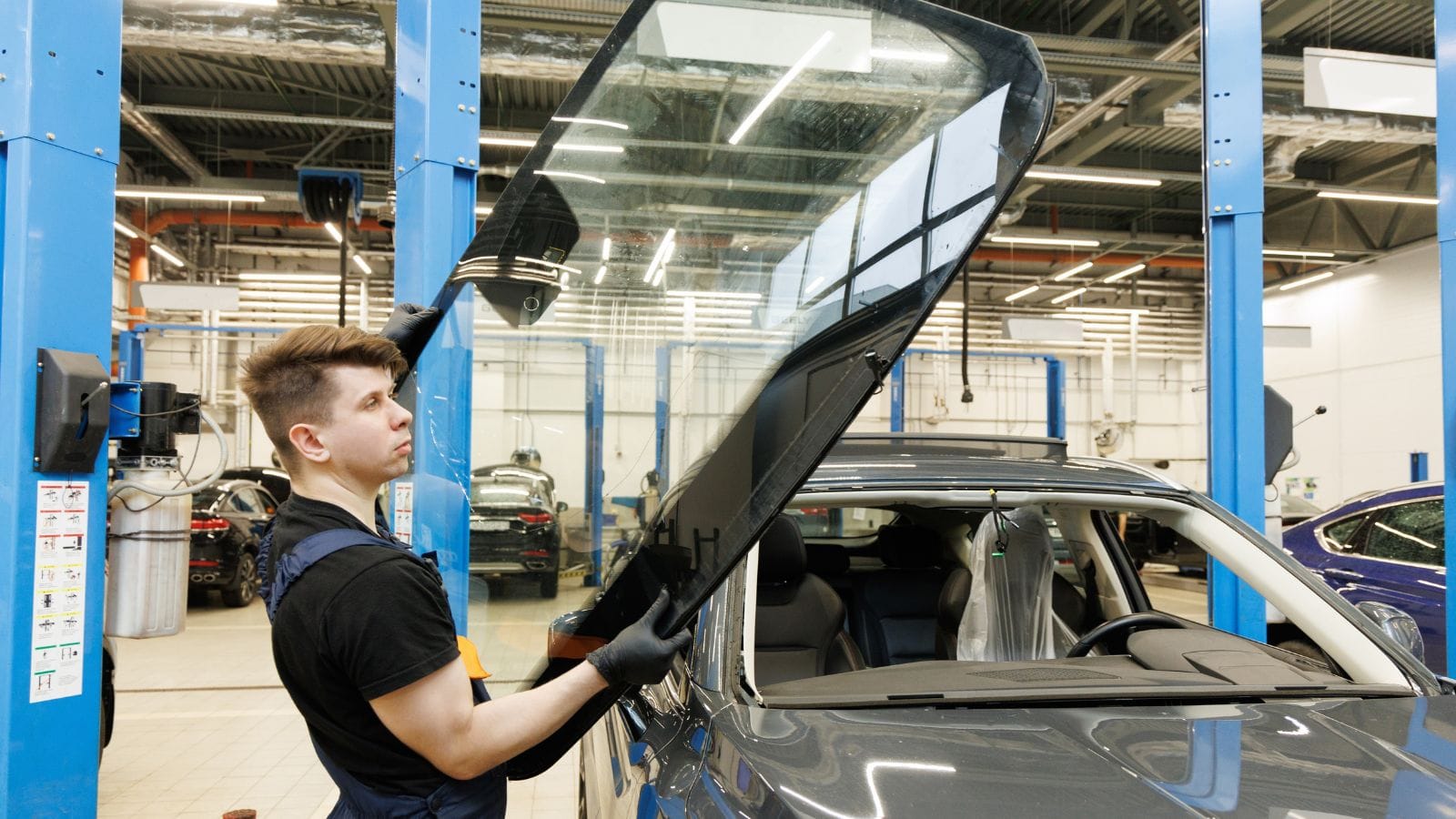
Sure, it looks simple: remove old glass, pop in new glass. In reality, modern windshields are structural components that need precise adhesives and installation techniques. A poorly fitted windshield compromises safety and leaks like crazy. Better to call in the glass experts.
Suspension Airbags

On vehicles with air suspension, those rubber bladders are not a simple swap. They require careful calibration with onboard computers, and an improper install can make the ride height system go haywire. This is one of those repairs that usually ends with a tow back to the dealer when attempted at home.
Fuel Injectors (Direct Injection)
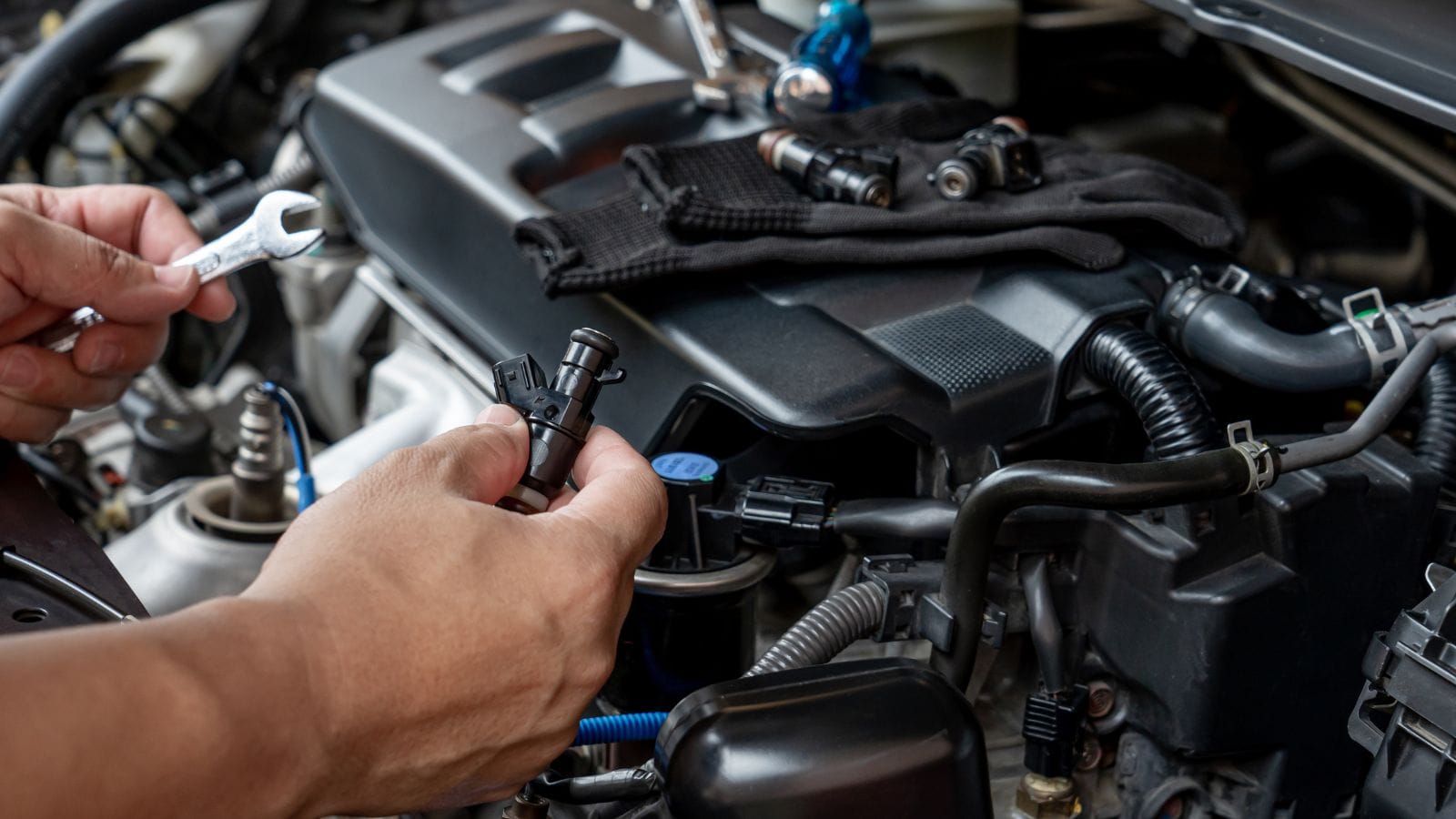
Older fuel injectors? Maybe. Modern direct-injection systems? Forget it. These operate under extreme pressure and require specialized tools to test, remove, and replace. A small mistake can mean leaks, engine damage, or a fire hazard. Leave it to the pros who can reprogram the ECU afterward.
Engine Control Unit (ECU)
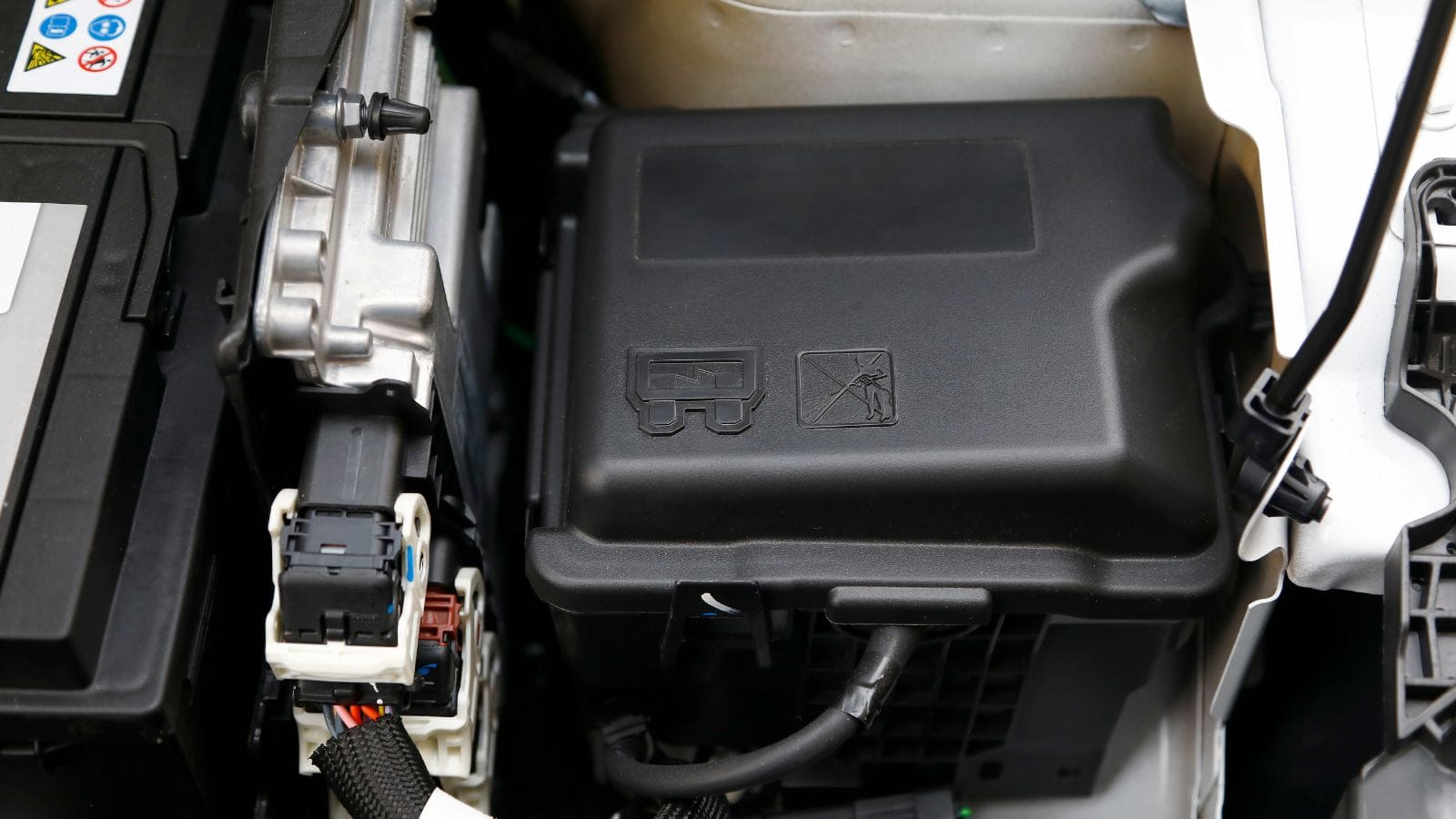
Your car’s ECU is its brain, and replacing it isn’t as simple as swapping a part. Modern ECUs need to be programmed and coded to match your specific vehicle. Without factory software and tools, you’ll end up with a very expensive paperweight.
Differential
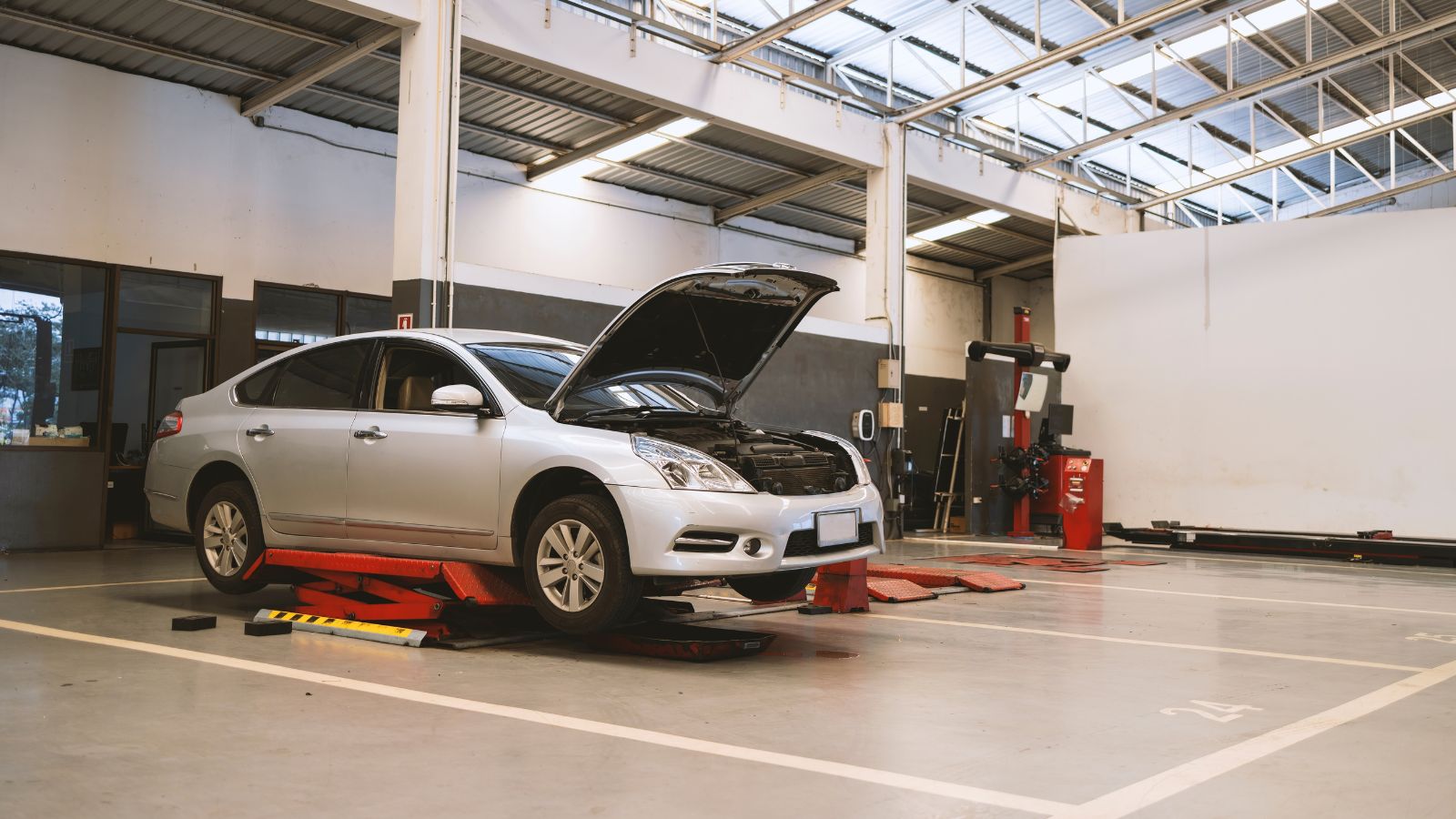
Swapping or rebuilding a differential isn’t impossible, but getting the gears properly set up requires micrometer precision. One small mistake in backlash or preload settings, and you’re left with howling gears that destroy themselves. Most DIYers will tap out quickly once they see what’s involved.
Air Conditioning Compressors

While you might be able to physically remove and install an AC compressor, the recharge process is where things go wrong. Handling refrigerant requires special equipment and certification. Done improperly, it can damage your system and even violate environmental laws. This one is best handled by a licensed technician.
Now here are 10 you can tackle yourself. Lets roll our sleeves up.
Brake Pads
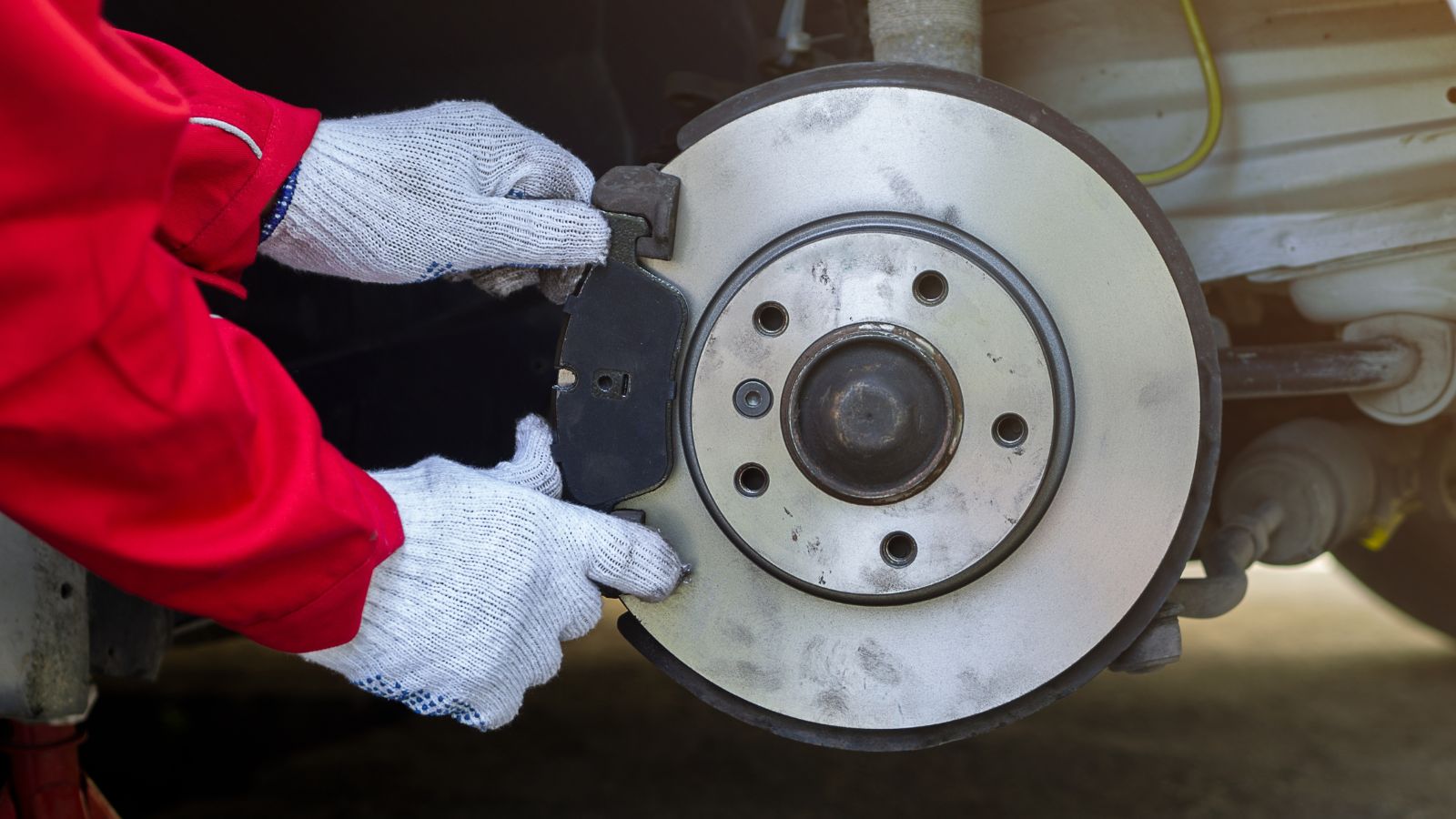
Replacing brake pads is a rite of passage for car enthusiasts. With basic tools and a little patience, it’s one of the most straightforward jobs around. Just remember to torque bolts properly and bed in the pads afterward. It’ll save you a ton of money compared to shop prices.
Headlights and Taillights
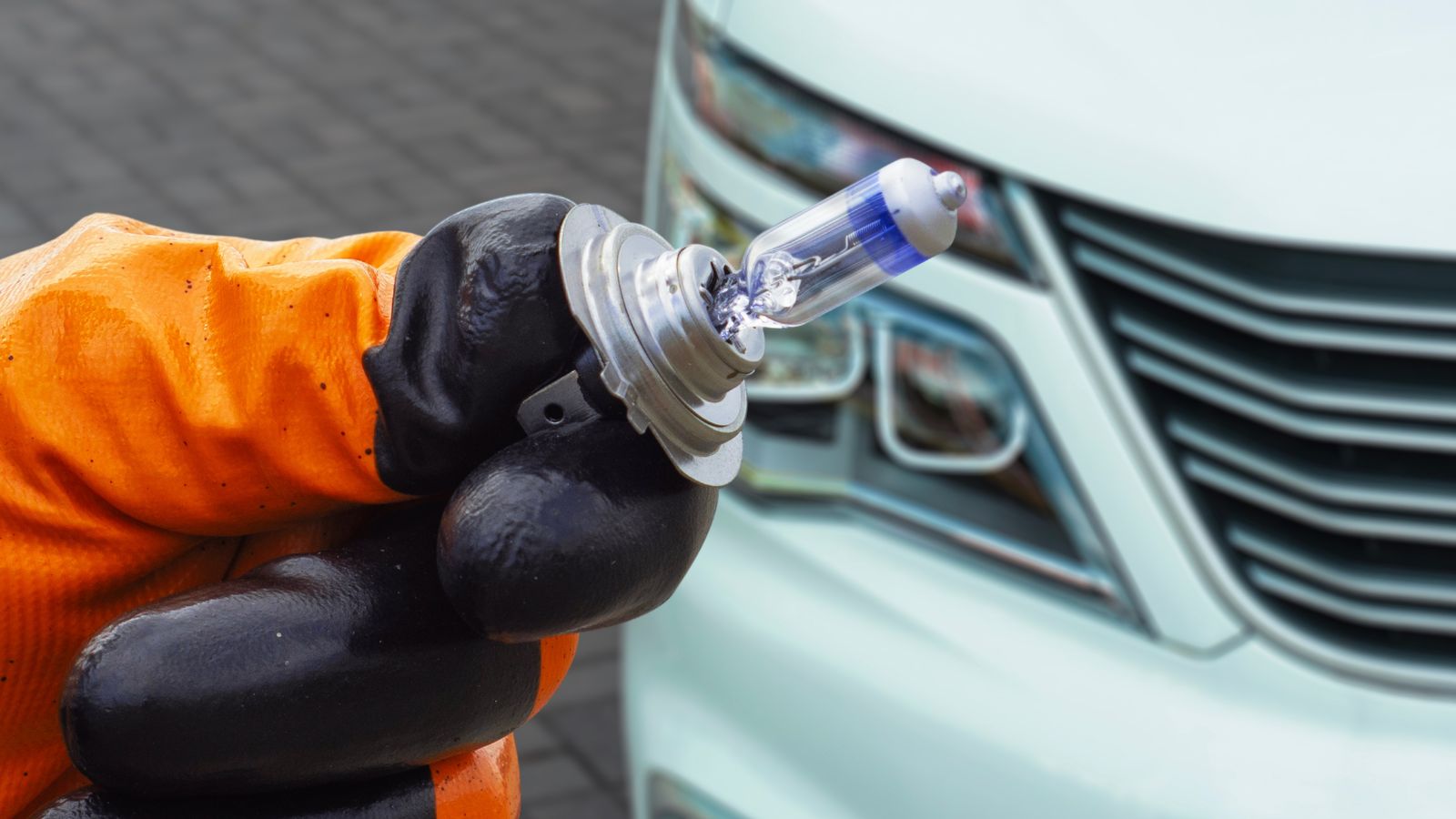
Burnt-out bulbs are easy fixes. Most cars let you access them from the engine bay or trunk with just a few clips or screws. Even modern LED units that require replacing entire housings are usually plug-and-play for DIYers.
Cabin Air Filter
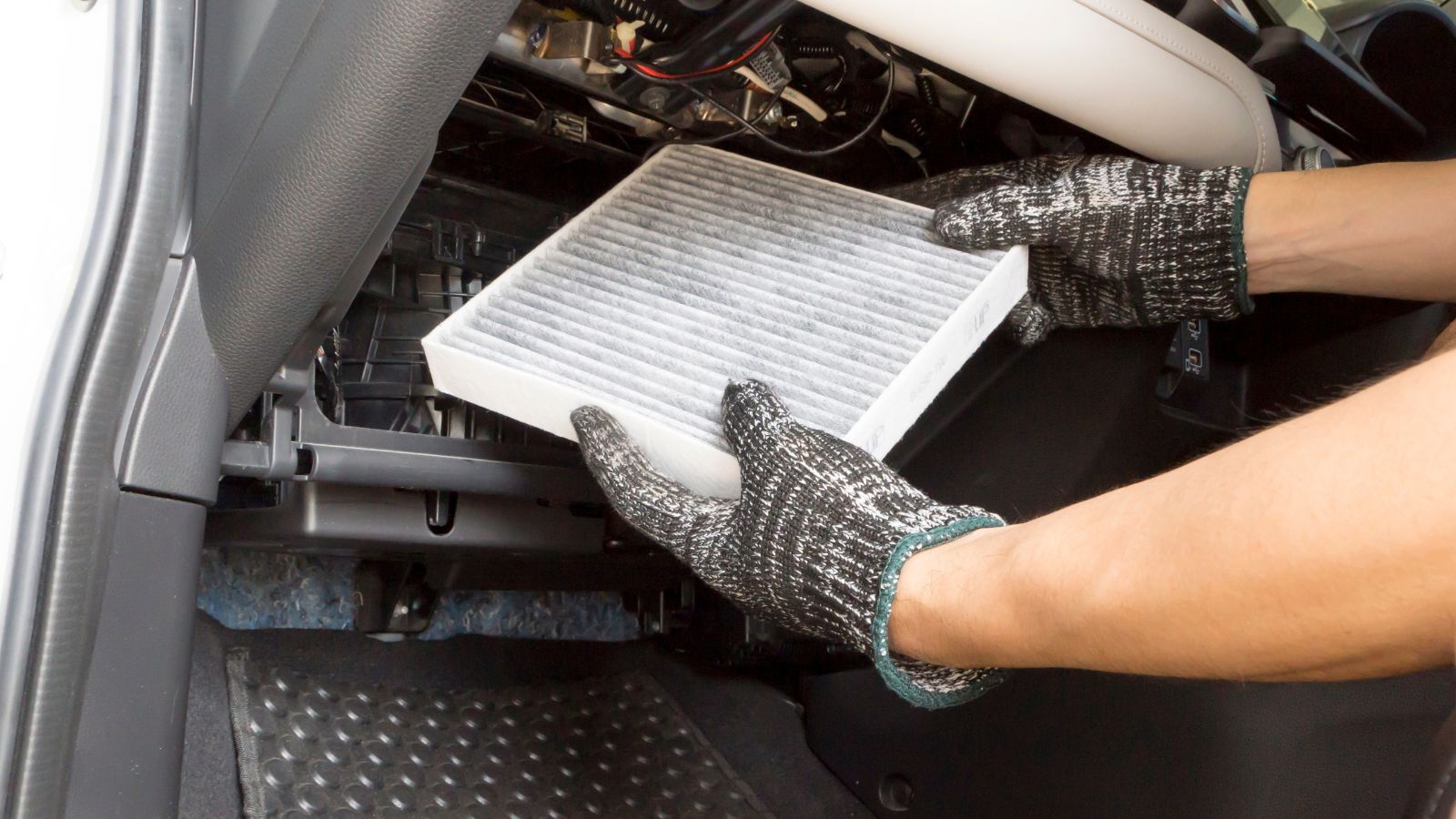
Changing the cabin air filter takes about five minutes and usually involves opening the glovebox. Dealerships love to charge ridiculous labor fees for this job, but it’s as simple as swapping out a shoebox lid.
Engine Air Filter
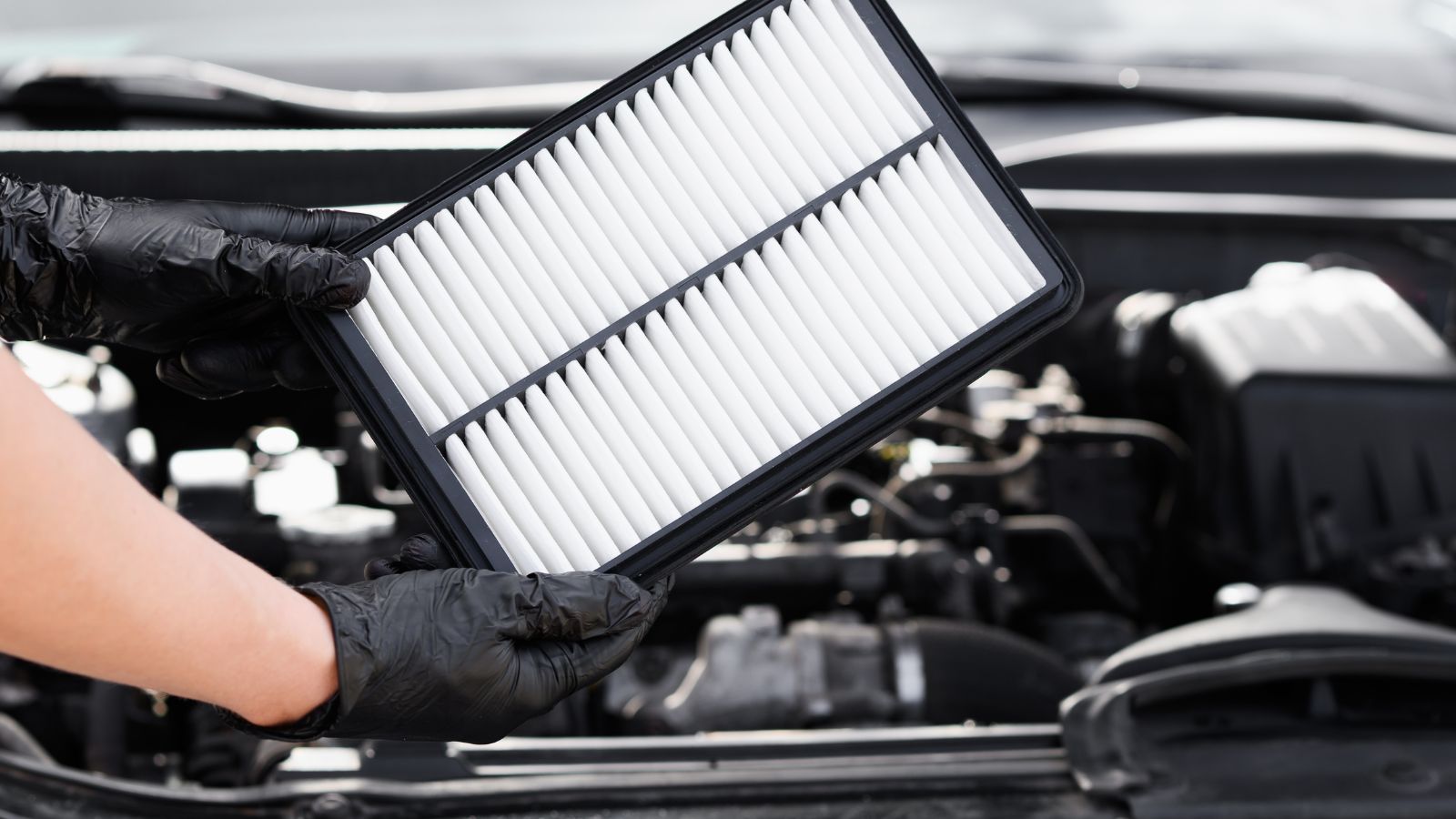
If you can open a hood, you can replace an air filter. Usually secured with a couple of clips or screws, this part is cheap, easy, and makes your car breathe better. No excuses to skip this one.
Windshield Wipers
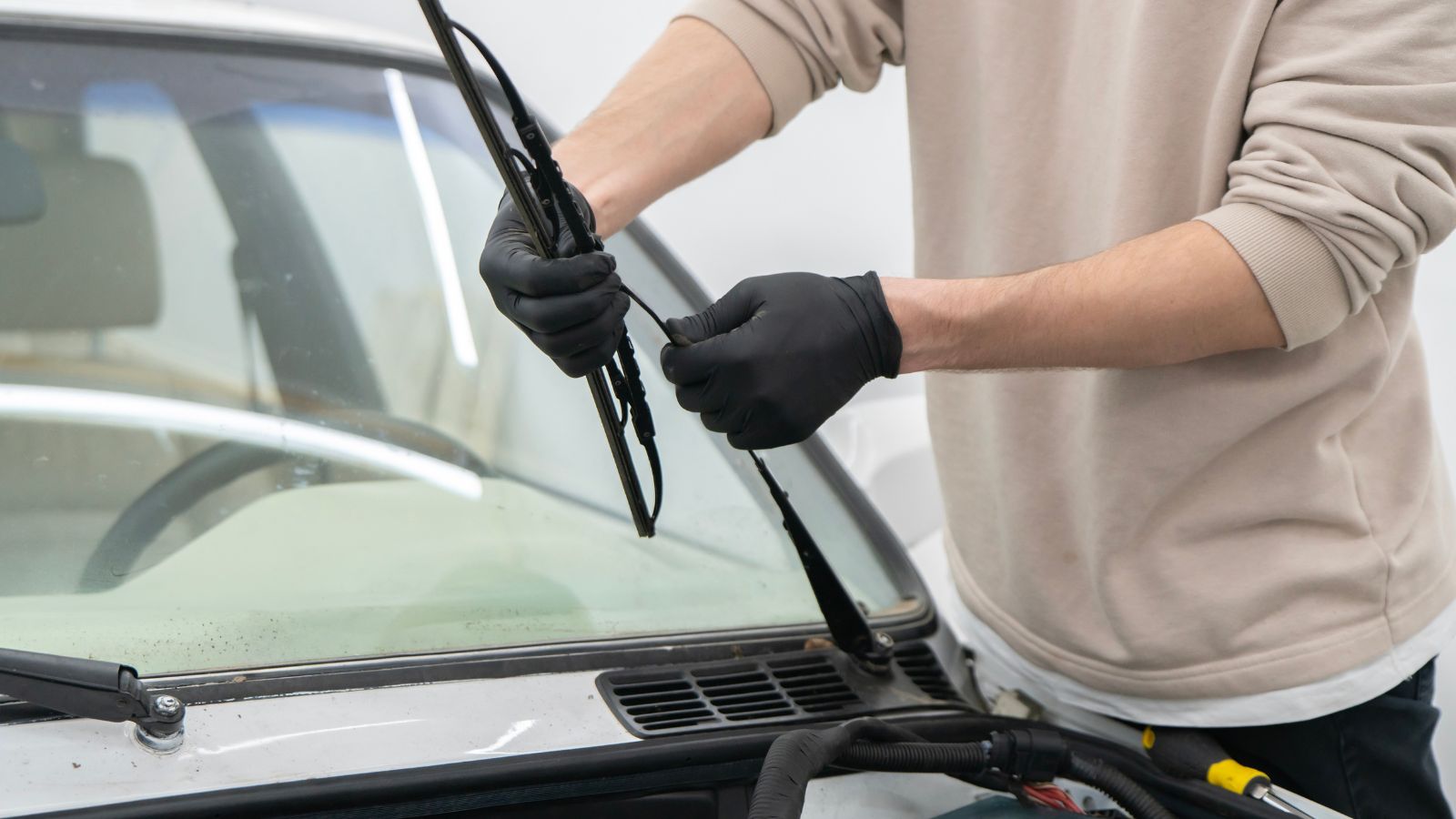
This is the most common DIY repair out there, and for good reason. Wiper blades are cheap, take seconds to replace, and instantly improve visibility. Shops charging labor for this are practically robbing you.
Battery
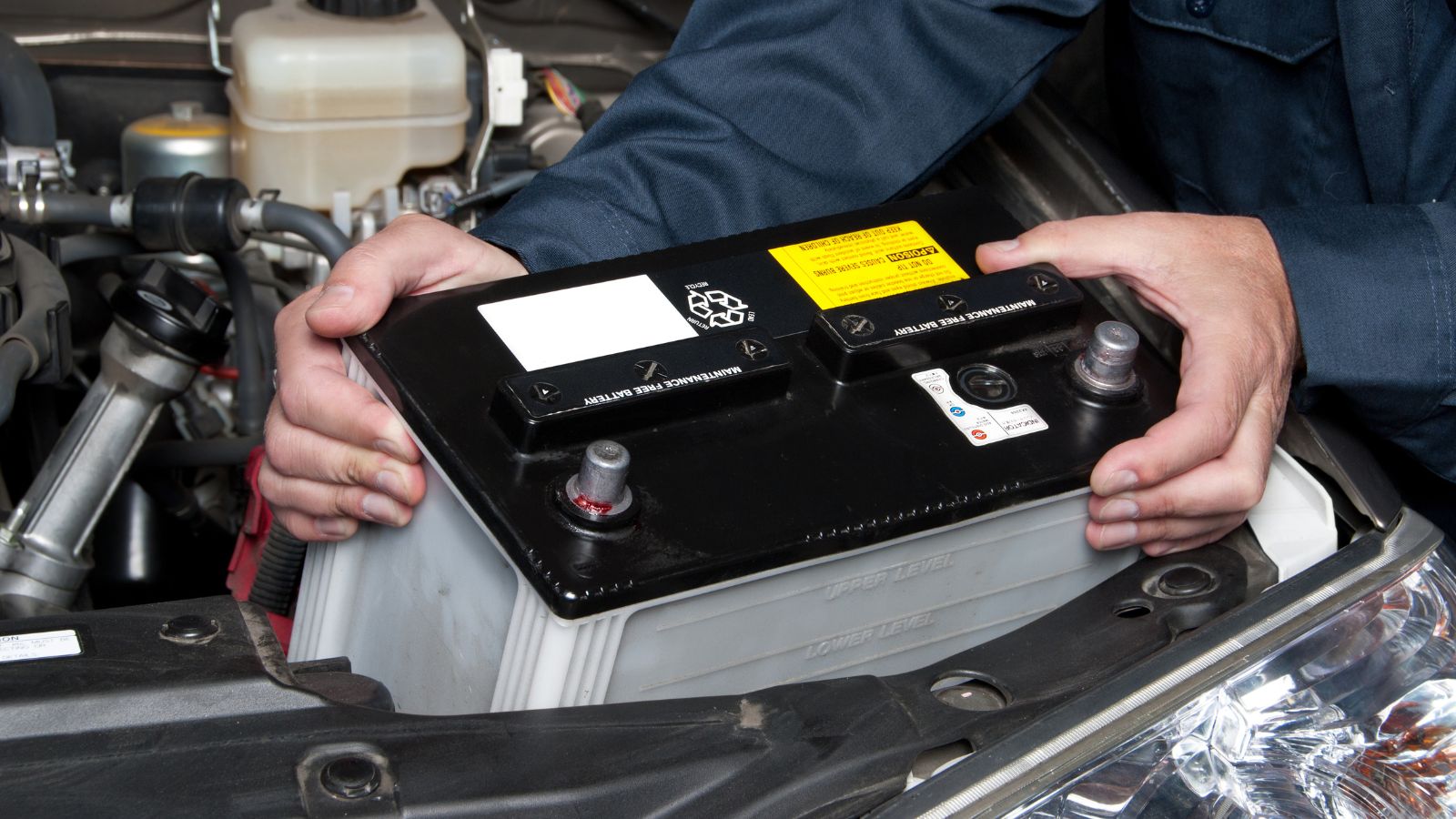
Car batteries are heavy, but swapping one out is simple. Disconnect the terminals (negative first), remove the hold-down, and drop in the new one. Just be careful not to touch both terminals with a wrench, and you’re golden.
Spark Plugs (on Accessible Engines)
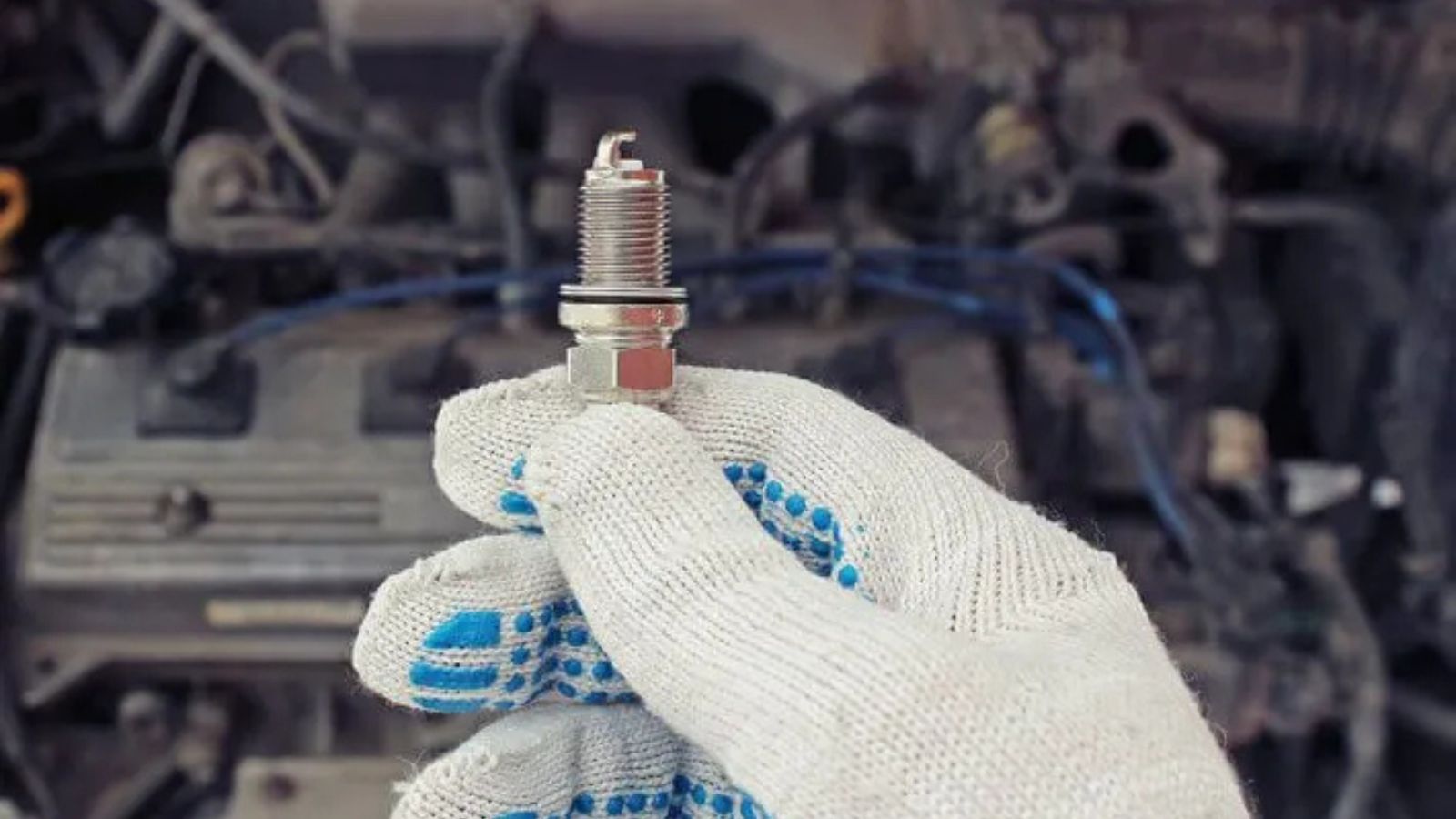
Some engines hide their spark plugs under intake manifolds, but on most cars, they’re right on top. A ratchet, extension, and spark plug socket are all you need. It’s a satisfying job that improves performance and fuel economy.
Belts (Accessory/Serpentine)
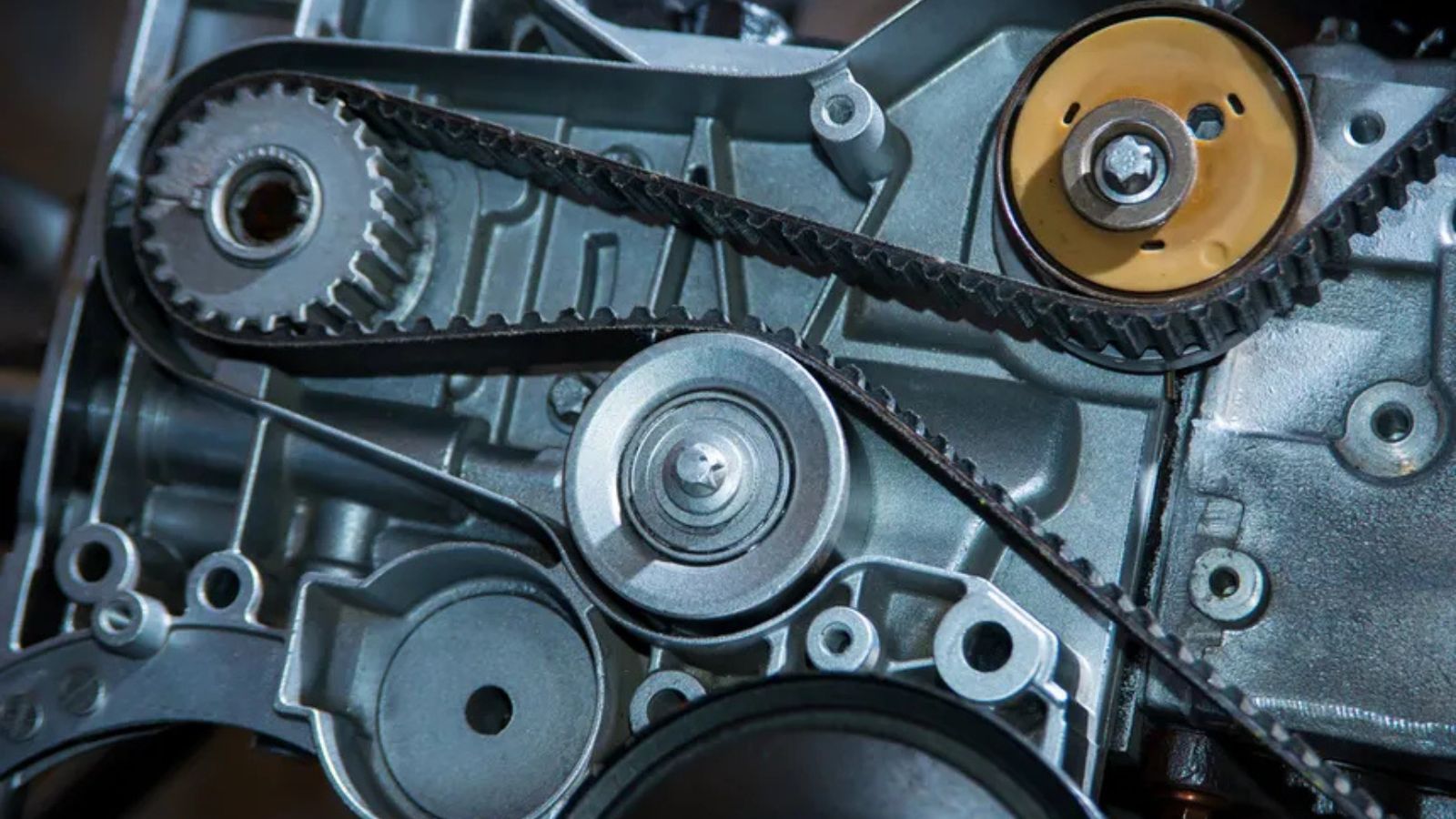
Unlike timing belts, accessory belts are relatively safe and easy to swap. A tensioner pulley and some basic tools are all that’s required. If your belt looks cracked or squeaky, this is an easy afternoon fix.
Radiator Hoses
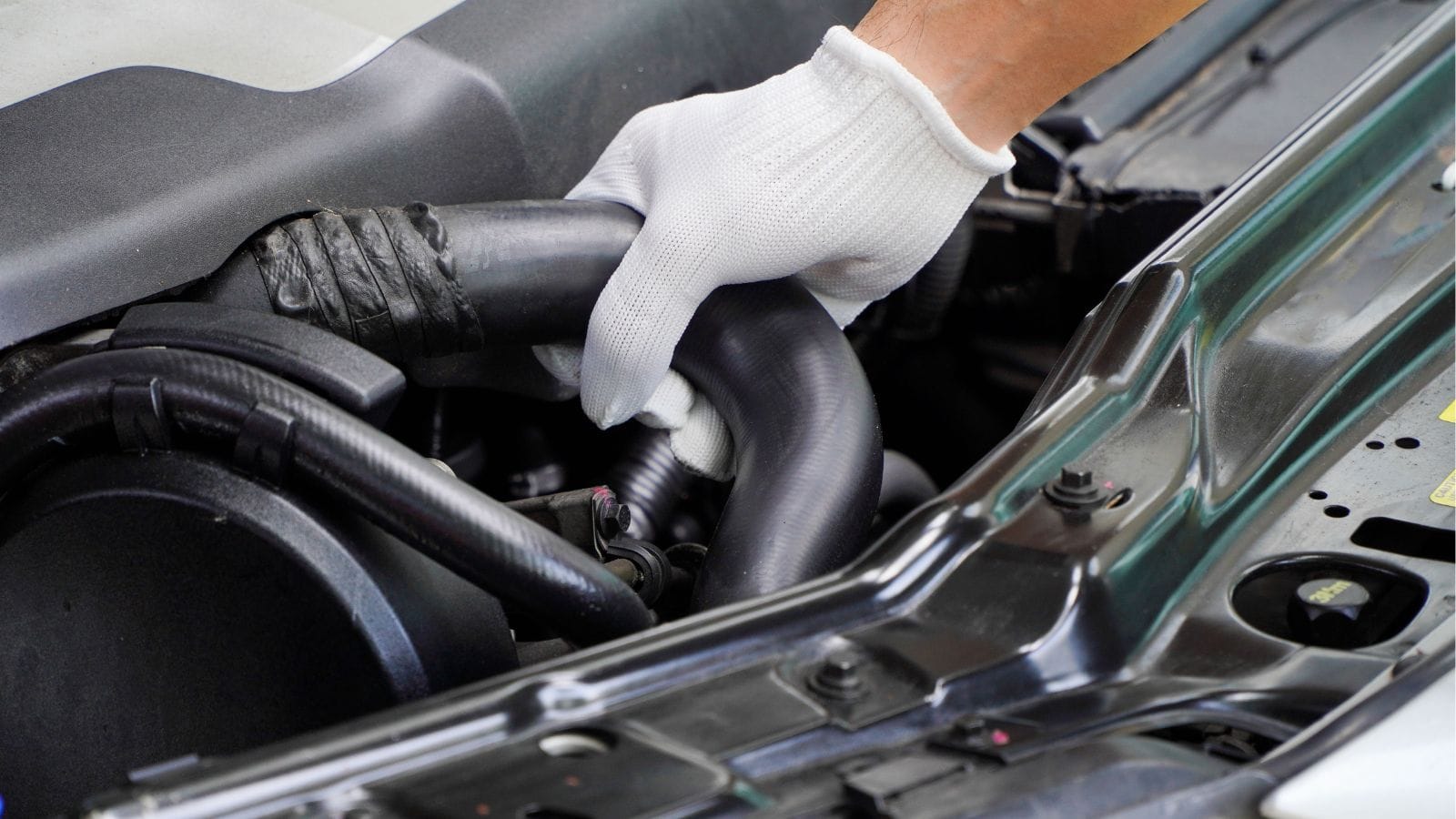
Coolant hoses wear out over time, but replacing them is straightforward. Drain the coolant, swap the hoses, and refill. Just be ready for a mess and always dispose of old coolant safely—it’s toxic to pets.
Fuses
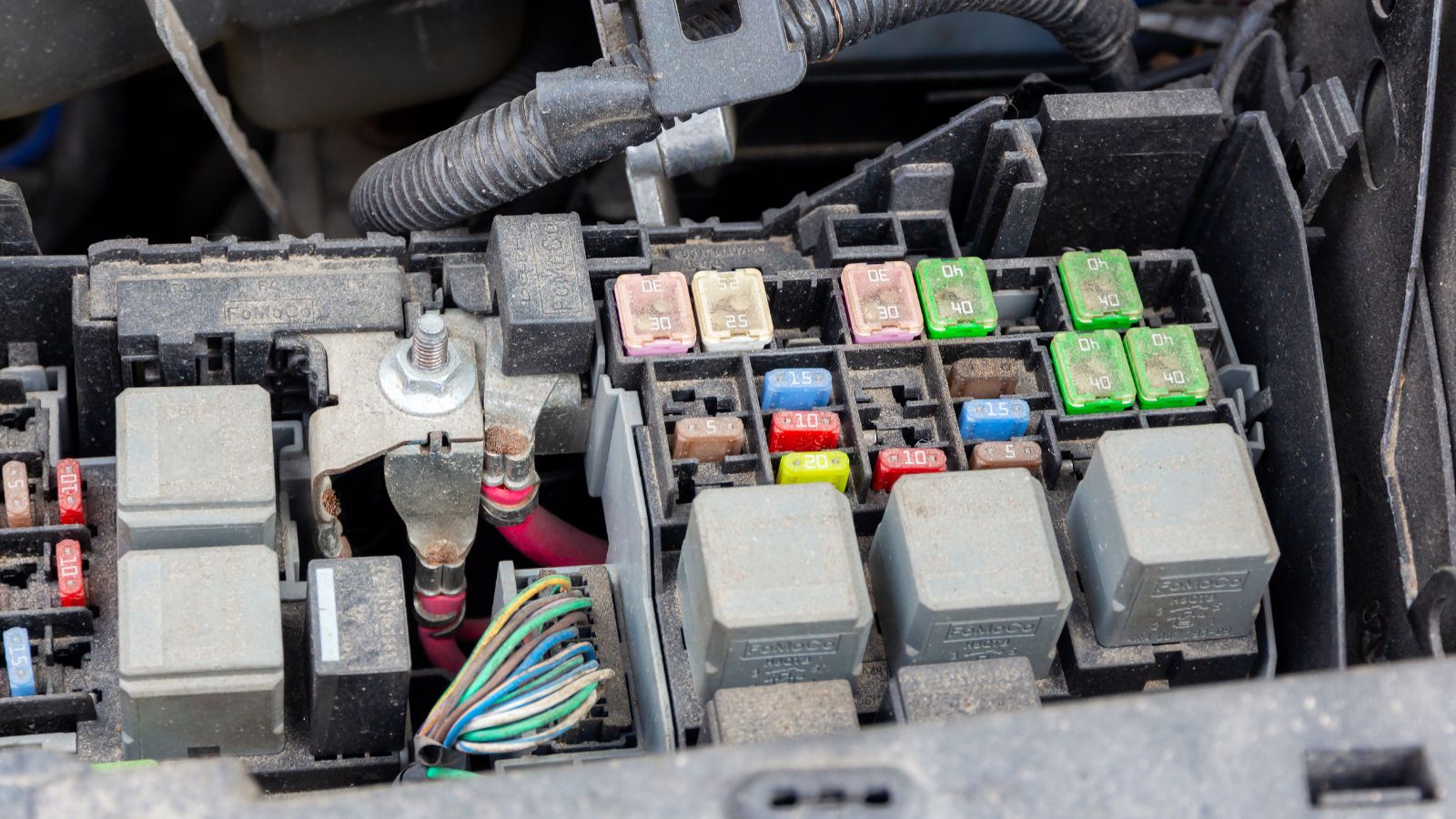
Electrical gremlins often come down to a blown fuse. Checking and replacing one is as easy as pulling the old fuse out of the box and popping in a new one. Keep a spare pack in your glovebox, and you’ll never have to panic when something suddenly stops working.
25 Facts About Car Loans That Most Drivers Don’t Realize

Car loans are one of the most common ways people fund car purchases. Like any other kind of loan, car loans can have certain features that can be regarded as an advantage or a disadvantage to the borrower. Understanding all essential facts about car loans and how they work to ensure that you get the best deal for your financial situation is essential. Here are 25 shocking facts about car loans that most drivers don’t realize:
25 Facts About Car Loans That Most Drivers Don’t Realize
